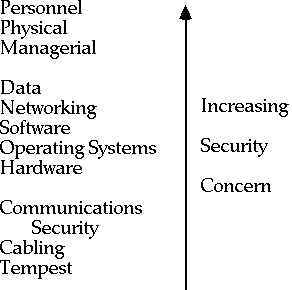
Physical - Integrated Access control
Managerial - Security Education
Data Networking - Configuration control
S/W & O/S - use "Trusted" systems
H/W - h/w handshake
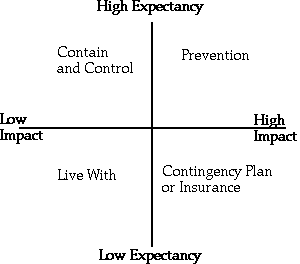
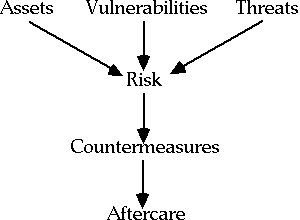 [1]
[1]
Users Hackers
Terrorists Criminals
Accidents Ats of God
Issue Motivated Groups Foreign Intelligence
||
||
||
\/
Destroy Disrupt
Lose
Modify Disclose
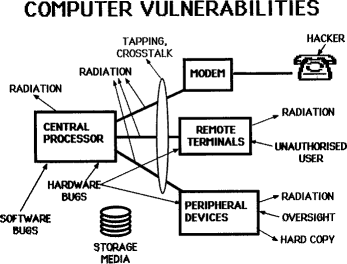
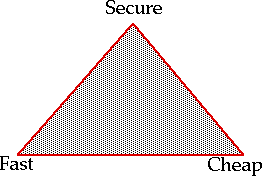
- DSB have developed a set of 7 SECMAN manuals 1. Policy
2. Industrial Security
3. Info Systems Security
4. Protective Security
5. Personnel Security
6. Project Security
7. Security Design & Construction Guidelines
(Facilty Security)
- designed to provide checklists and procedures to assist in implementing security in various situations
- will return to these later